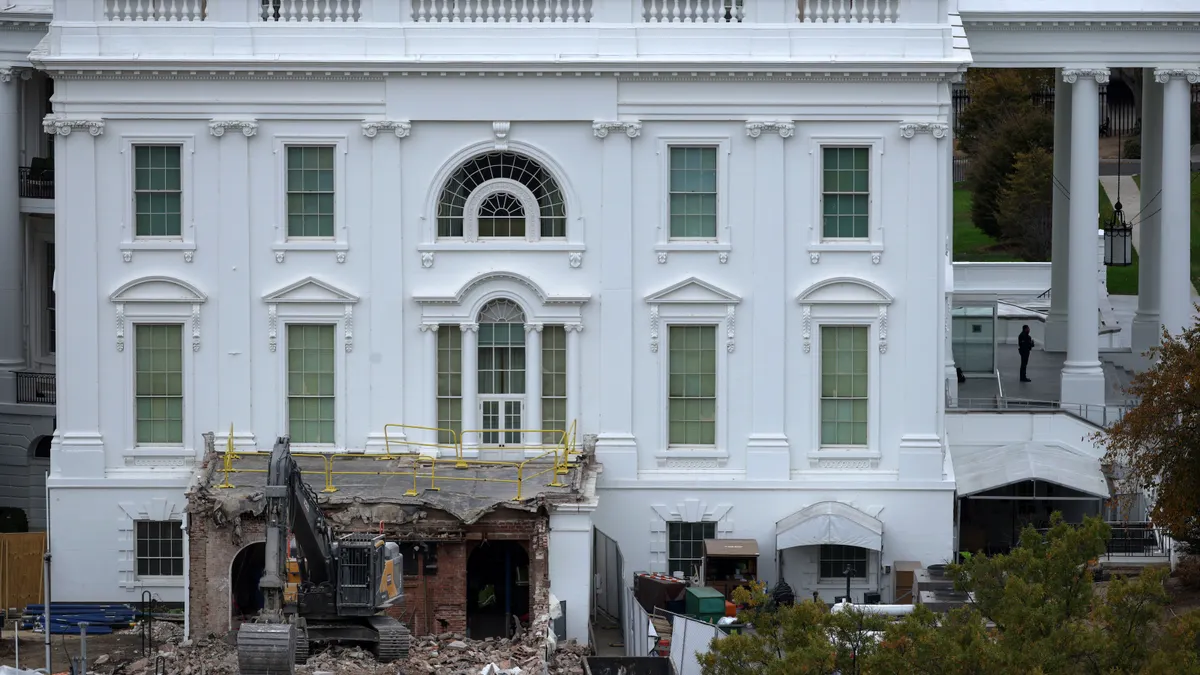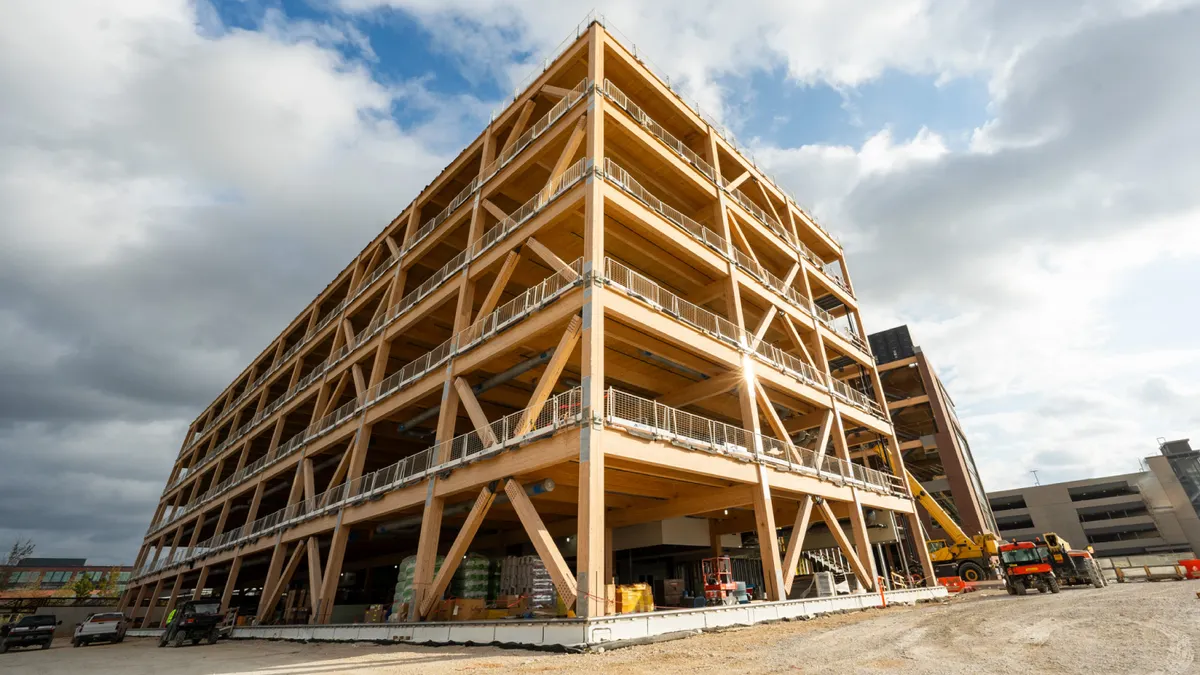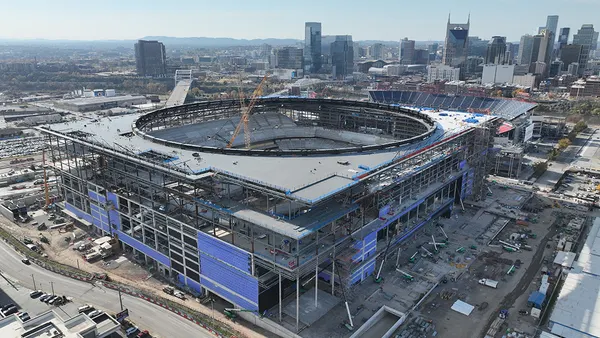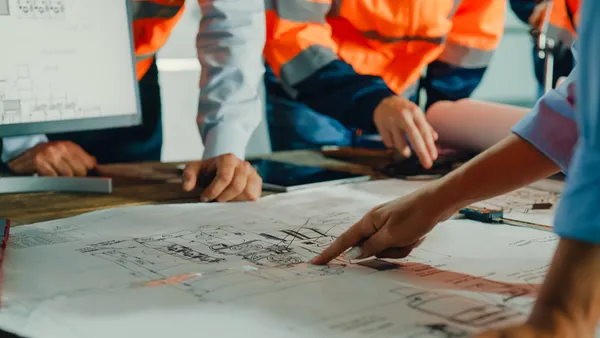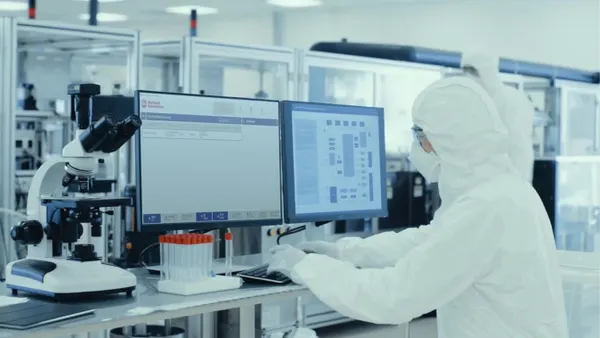Dive Brief:
- The findings of researchers at the Politecnico di Milano could give tunnel designers and builders a challenge because it appears that salt in seawater and air inside a tunnel accelerate corrosion problems in reinforced concrete.
- Assistant Professor Federica Lollini says the research shows that where the outside surface of a tunnel or other hollow structure is in contact with seawater, an electrical current gets going between the reinforcing steel in the outer surface and rebar in the inner wall, which encourages corrosion.
- The researchers call the condition "macrocells," and they are not accounted for in design because no one has known until now that the phenomenon was happening.
Dive Insight:
The macrocells seem to be an underwater manifestation of something that was known about steel in the tidal zone. There, steel-reinforced concrete that is submerged sometimes gets exposed to chloride in the water and then to oxygen in the air when the tide is out, making it more prone to corrosion than other structures.



